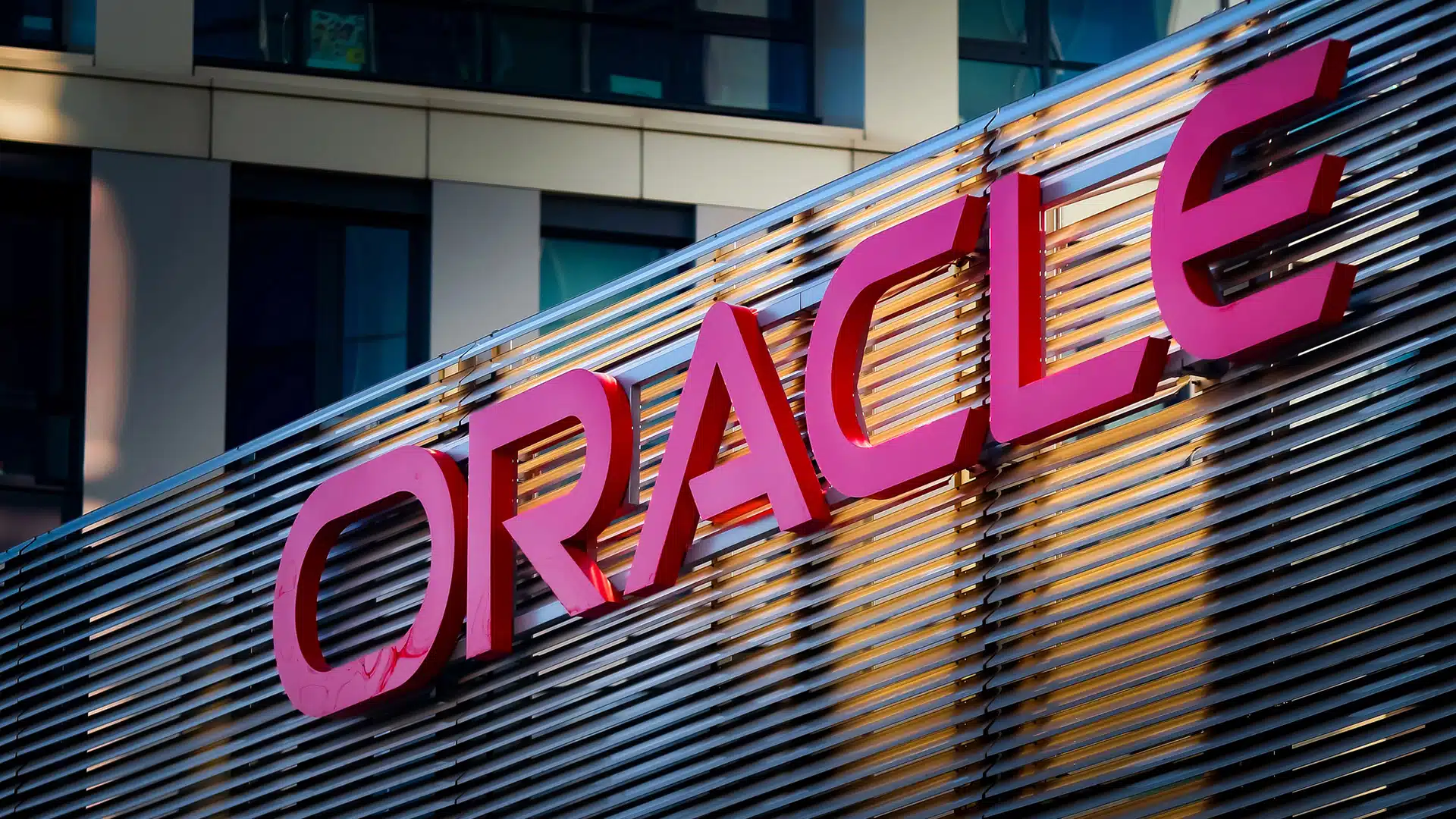Wi-Fi hotspots have become de rigueur for many retail establishments, restaurants, and other locations. By offering complimentary access to the internet to in-person patrons using their mobile devices, companies are offering an added technological convenience while demonstrating that they care about their customers’ overall experience while in their place of business.
Providing Wi-Fi access can also create another opportunity to improve a customer’s experience, even after they leave the physical location. By using captive portals, or web pages that guest Wi-Fi users must interact with prior to being given internet access, relevant data can be captured and used to improve their experience, both in-store and online.
Captive portals can be configured in many ways to capture information that can be used to improve the patron’s experience. They can be used for gathering guest profiles, thus building guest databases that will unlock guest insights to power in-store and digital marketing campaigns. Further, patrons that are enticed to register a profile that can be linked to a specific customer file can be marketed to on an even more granular level, improving the relevancy of the offers presented to them.
At the most basic level, captive portals can simply include legal disclaimers relating to behavior that is prohibited while on the network (such as visiting inappropriate websites), details on the company’s data collection and storage policies, and information on specific in-store or online promotions.
But savvy marketers can use these captive portals to unlock significantly more customer data, using several strategies.
- Offers surveys or messages: For businesses that do not want to collect customer-specific details (due to data storage or handling concerns), they can require that a survey question or message be read and answered before gaining access to the internet. By combining the survey question or message with one or two demographic or psychographic questions, marketers can capture feedback and gain intelligence about the types of personas that are visiting the store, and why they are visiting.
- Promote social sharing: Companies can also provide access in exchange for a basic social media “like” or “follow,” thereby increasing the reach of their company or brand, while also building affinity with the customer. It is also a good idea to include a block for them to rate their experience and comment, or to send an email to the company directly.
- Capture user data by allowing users to register using their email address, social media account, or other identifying piece of information: Patrons do not want to spend precious minutes filling in registration forms, so allowing them to register using another service can provide your business with valuable user data quickly and efficiently. The key to success with this approach (and others) is to create a compelling value proposition for registering with the company, either in terms of a discount coupon or code, or early access to sales or promotions.
- Offer downloads: Another way to capture information is to provide a link to your company’s mobile application, which should be able to be downloaded via a single click. Data captured via the mobile app can be linked to customer profiles on your back-end CRM system, and used for targeted campaigns and promotions.
The biggest value of captive portals is that they allow a company to serve as a gatekeeper to a desired asset that has real-world value. This is especially important in locations where cellular signals are spotty or weak. By striking the right balance between the incentives offered to accept the terms of access, and the relative value of the information being collected, captive portals can play a significant role in capturing more intelligence from both prospects and existing customers.
Author Information
Keith Kirkpatrick is Research Director, Enterprise Software & Digital Workflows for The Futurum Group. Keith has over 25 years of experience in research, marketing, and consulting-based fields.
He has authored in-depth reports and market forecast studies covering artificial intelligence, biometrics, data analytics, robotics, high performance computing, and quantum computing, with a specific focus on the use of these technologies within large enterprise organizations and SMBs. He has also established strong working relationships with the international technology vendor community and is a frequent speaker at industry conferences and events.
In his career as a financial and technology journalist he has written for national and trade publications, including BusinessWeek, CNBC.com, Investment Dealers’ Digest, The Red Herring, The Communications of the ACM, and Mobile Computing & Communications, among others.
He is a member of the Association of Independent Information Professionals (AIIP).
Keith holds dual Bachelor of Arts degrees in Magazine Journalism and Sociology from Syracuse University.








